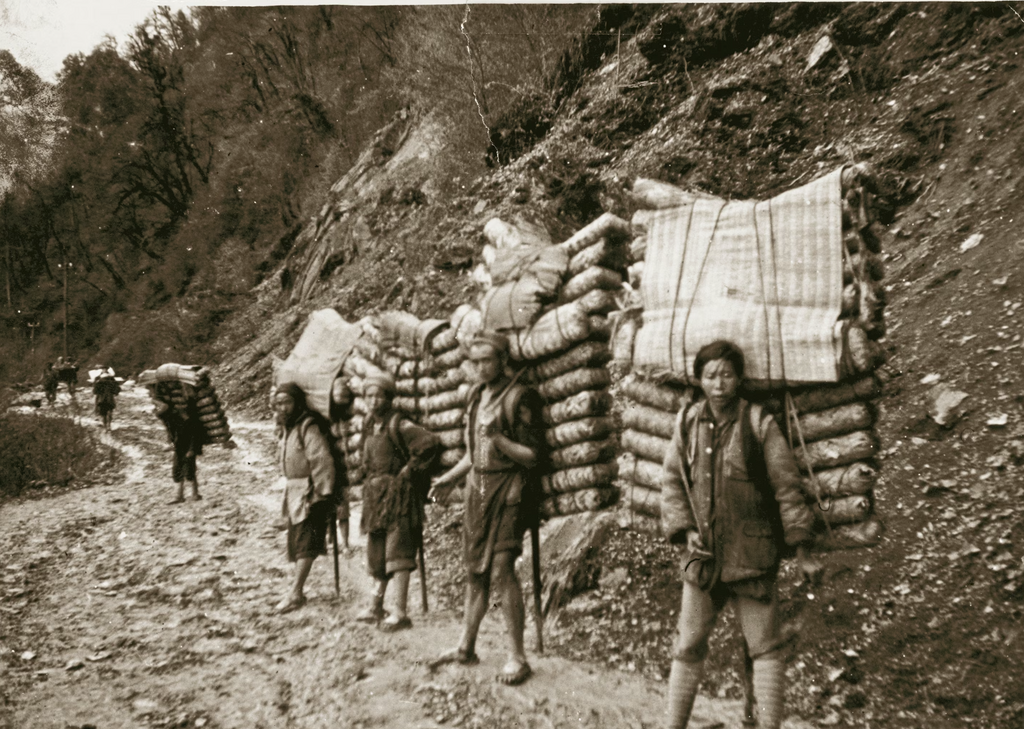A Cuppa Through Time: Exploring the Fascinating History of Tea

Introduction:
Tea, the aromatic and comforting beverage that has become an integral part of cultures across the globe, has a captivating history dating back thousands of years. From its legendary origins to its transformative influence on trade and society, tea has woven a rich tapestry of stories and traditions. Join us on a journey through time as we explore the fascinating history of tea and its profound impact on our world.
Ancient Beginnings:
The story of tea begins in ancient China, where, according to legend, the Chinese Emperor Shennong discovered the drink by chance in 2737 BCE. While sitting under a tree, a few leaves from a nearby Camellia sinensis plant drifted into his cup of boiling water, imparting a delightful aroma and flavor. This serendipitous encounter marked the birth of tea, which would go on to captivate the Chinese population and spread throughout the world.
The Rise of Tea in China:
Tea became an integral part of Chinese culture during the Tang Dynasty (618-907 CE), with tea cultivation and consumption evolving into an art form. Tea houses sprung up across the country, serving as social and intellectual hubs. Buddhist monks embraced tea as a means of staying awake during long meditation sessions. It was during this time that tea leaves were first processed into a powdered form, which would later influence the Japanese tea ceremony.
Spread to Japan and the Zen Connection:
Tea seeds and cultivation techniques reached Japan in the 9th century, courtesy of Buddhist monks returning from China. The Japanese, known for their meticulous attention to detail, further refined the art of tea preparation. The Zen Buddhist monk Eisai wrote "Kissa Yojoki," a treatise on the health benefits of tea, which helped popularize the beverage among the Japanese population. This marked the birth of the famous Japanese tea ceremony, a ritualized and meditative practice still revered today.
The Age of Exploration and the Introduction to the West:
The 16th century brought about a significant turning point in tea's history with the arrival of European traders and explorers in Asia. The Portuguese were the first to encounter tea in China and introduced it to Europe. However, it was the Dutch who played a pivotal role in establishing tea as a popular beverage. Dutch traders began importing tea to Europe in the early 17th century, leading to its rapid spread across the continent.
The British Tea Obsession:
Tea truly took hold in Europe when it reached the shores of Britain. In the mid-17th century, Catherine of Braganza, the Portuguese wife of King Charles II, introduced tea to the British court. It quickly became fashionable among the aristocracy, and by the 18th century, tea had firmly established itself as a national beverage. The British East India Company played a significant role in the tea trade, importing vast quantities of tea from China and later establishing plantations in India.
The Boston Tea Party and American Revolution:
Tea also played a pivotal role in shaping world history during the American Revolution. The British Parliament imposed heavy taxes on tea imported to the American colonies, leading to widespread resistance. The iconic event known as the Boston Tea Party occurred in 1773 when American colonists dumped chests of tea into the harbor in protest against the oppressive taxes. This act of defiance fueled the flames of revolution and became a symbol of American independence.
Tea Today:
In modern times, tea has become one of the most widely consumed beverages globally. Its popularity extends beyond cultural boundaries, with diverse varieties and flavors catering to different preferences. From classic black teas to delicate green teas, herbal infusions, and exotic blends, tea continues to captivate our senses and offer moments of solace and rejuvenation.
- Teavision Team
Comments 0